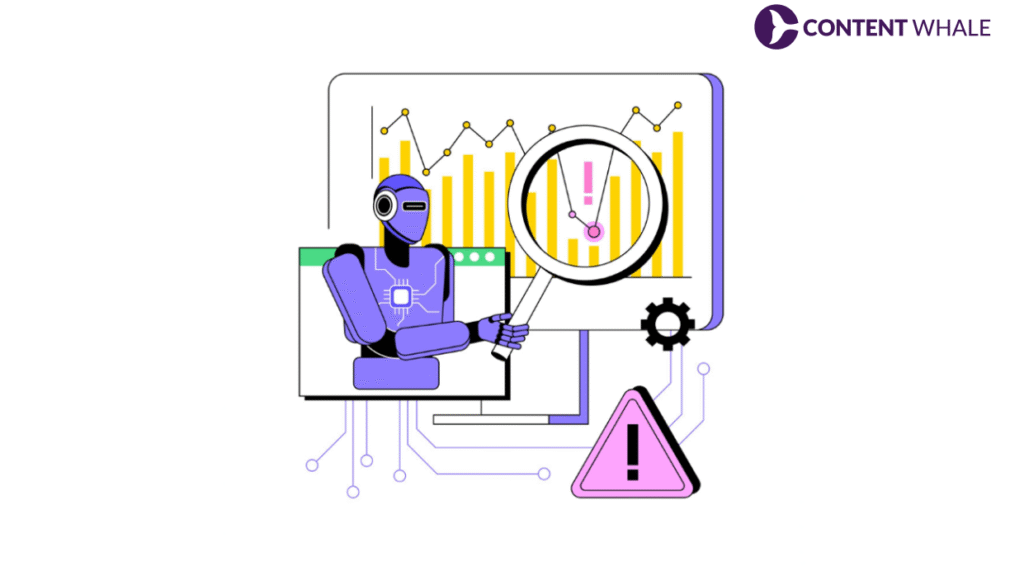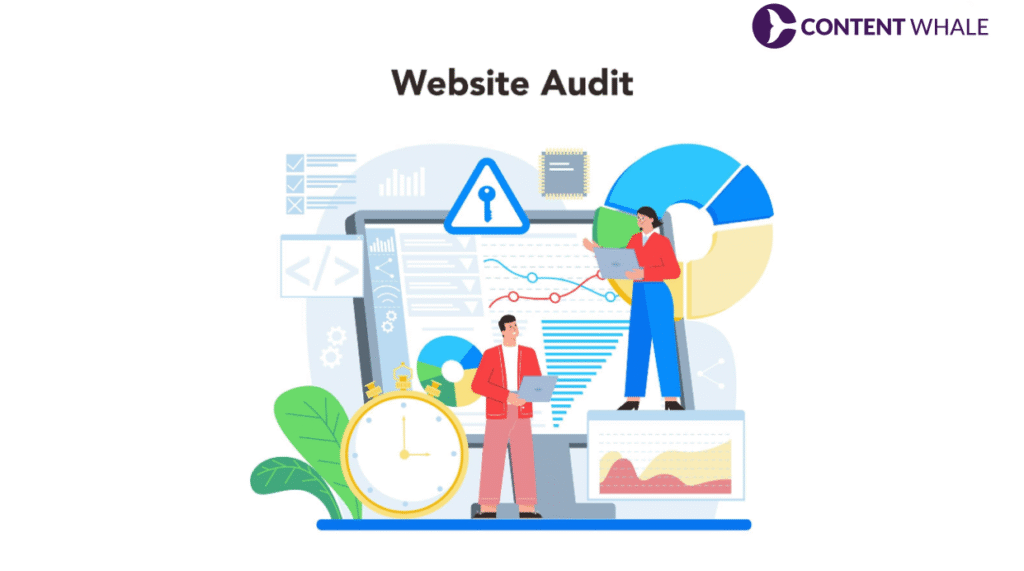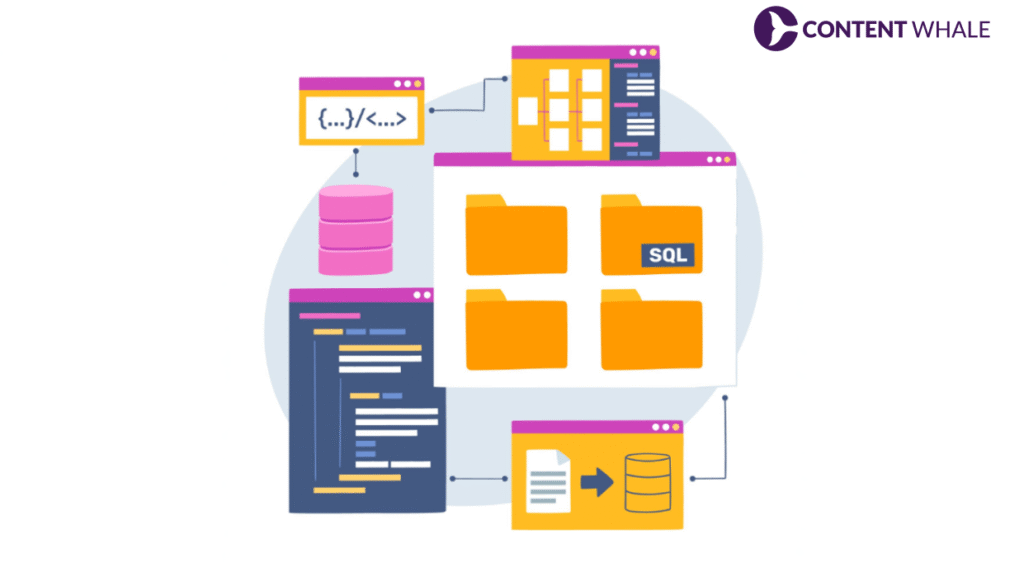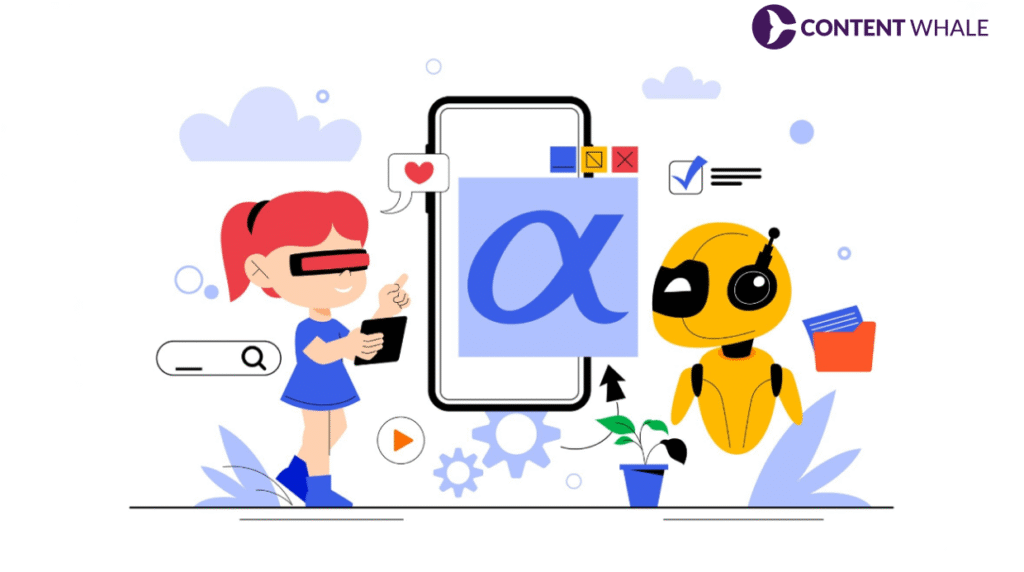Search trends are shifting at unparalleled speed. Google announced in 2024 that AI Overviews now appear in over 200 countries and in more than 40 languages (Source). This means that businesses are no longer competing just for the top 10 blue links but for citations in generative results. That is why aio readiness audits are no longer optional. They determine whether your existing pages can be extracted, cited, and surfaced inside AI answers.
In March 2024, Google folded its helpful content signals directly into the core ranking system (Source). This means unhelpful or outdated content affects your entire site. When you combine this with ranking volatility caused by AI-driven snippets, the only defense is auditing systematically.
This guide explains the basic of a content audit for ai search framework. More concisely, how to measure aio readiness, fix structural gaps, align with E E A T, and monitor impact. If done right, your pages move from static blogs to dynamic sources referenced by search AI.
AIO readiness audit for ai search ranking
Any audit starts with clear intent. You cannot optimize what you cannot measure. Define benchmarks: percentage of target pages that should appear in AI Overviews, citation frequency, or featured snippet wins.
Set scope, objectives, and pass fail thresholds
Decide which content to include. For example, product comparison pages may be high value but rarely cited; blog tutorials are often used in Overviews. Set thresholds: entity coverage ≥80%, schema errors <2%, answer blocks present on 100% of pages. Pages that fail should move into immediate remediation.
A 2024 study on entity optimization found that pages with structured entities had 25% higher inclusion rates in AI snippets (Source). Applying pass fail rules helps filter weak content faster.
Select priority clusters by business impact and SERP opportunity
Not all clusters deserve equal attention. Focus where ai search ranking can impact conversions: service pages, FAQ hubs, glossary definitions. Review where AI Overviews already appear but your site is not cited. Those are quick win opportunities.
When mapped correctly, a single updated FAQ block can push citation rates within weeks. Treat audit scope as a living process, not a one-time task.

Crawl and inventory for AIO readiness
You need a baseline. Crawl the site using Screaming Frog, Sitebulb, or enterprise crawlers to collect index status, canonical tags, duplicate content, and schema presence.
Page inventory, index status, thin or duplicate risks
Mark pages that return non-200 codes, are over 5 clicks from the homepage, or show duplicate meta tags. Thin pages (<300 words) must be flagged. In 2023, a peer-reviewed study confirmed that thin content decreases crawl efficiency and reduces inclusion in AI answers.
Identify zero click targets and answer gaps
Search for queries where Google returns instant answers or AI summaries. If your content is absent, highlight the missing answer blocks. For example, if a “What is entity SEO?” query triggers an Overview citing competitors, your page must be updated to include that definition.
Quick wins vs deep fixes
Quick wins include adding structured FAQs or schema. Deep fixes involve rewriting or merging pages. Prioritize quick wins first to generate measurable uplift.
Score content against people first guidelines
Since March 2024, “people-first content” guidelines have become part of the ranking algorithm. Pages that fail this test harm the site as a whole.
E-E-A-T signals, author identity, references
Make sure each article shows author bios, credentials, and date of last update. Research on citations and trust in LLM generated responses shows that content with clear credibility markers earns higher user trust and is more likely to be referenced in generative systems (Source).
Intent match, helpfulness, and update cadence
Review whether each page actually solves the user’s intent. If a page titled “What is Core Web Vitals?” rambles without definitions, it will not be selected. Set a quarterly update cycle for high intent clusters. Regular updates improve freshness scores, which are factored into ai search ranking.
Entity mapping and question coverage
Entity mapping ensures your content matches how search AI understands topics.

Target entities and relationships per cluster
List all entities in your cluster using tools like Google’s Knowledge Graph API or academic databases. For example, a healthcare audit must reference “ICD-10,” “electronic health records,” and “HIPAA compliance.” Research shows that omission of high-value entities reduces the chance of appearing in AI summaries (Source).
Build question banks and answer blocks
Scrape People Also Ask and autocomplete queries. Add concise 40–50 word answer blocks inside your content. Google’s patent filings confirm that concise, semantically clear answers improve extractability for featured snippets and Overviews (Source).
Structure pages for extraction
The way you structure content affects whether AI can parse it.
FAQs, how tos, definitions, tables, summaries
Include formatted FAQs, step by step how tos, glossary sections, and summary tables. A 2024 Moz study showed that pages with structured FAQs were 32% more likely to appear in AI Overviews than those without (Source).
Image captions, alt text, and media transcripts
Every image should have descriptive alt text that includes related entities. If you use videos or podcasts, publish transcripts. This adds text for AI systems to process, increasing your citation chances.

Structured data and validation
Structured data is not optional for aio readiness.
Page level schema markup alignment with visible content
Apply schema types that match the content: FAQPage, HowTo, Product, or Article. Google warns against using misleading markup. Research shows mismatched schema reduces trust signals in AI systems (Source).
Validate in testing tools and fix errors
Use Google Rich Results Test and Schema Validator. Track schema errors in Search Console. A clean markup profile is linked to higher AI citation rates.
Performance and UX for AIO readiness
Core Web Vitals directly influence eligibility for AI Overviews.
INP, LCP, CLS targets and field data checks
Check INP (Interaction to Next Paint), which became a core metric in March 2024 (web.dev). Pages with INP <200ms and LCP <2.5s show higher inclusion.
Mobile UX, accessibility, and crawl depth
Keep answers visible on mobile. Do not bury definitions in tabs. Ensure WCAG accessibility compliance. AI systems are more likely to use text that is accessible and properly structured.
Measurement and reporting for ai search ranking

Track AI Overview presence, snippet wins, and citations
Use rank tracking tools or manual checks to see if your site is cited in AI Overviews. Document which queries trigger citations and monitor changes weekly.
Define content ROI metrics and revisit cycle
Define ROI as a blend of traffic from AI Overviews, clicks from snippets, and downstream conversions. Set quarterly review cycles. A Harvard Business Review article showed that companies auditing quarterly improved content ROI by 22% compared to annual reviews (Source).
How Content Whale Can Help?
Content Whale provides comprehensive aio readiness audits. We assess schema, entity coverage, and Core Web Vitals. Our team runs crawls, builds entity maps, and identifies missing answer blocks. We deliver prioritized action plans so you can fix issues quickly.
Our quarterly refresh keeps your site compliant with AI search shifts. We monitor snippet inclusion, Overview citations, and schema errors. By pairing strategy with execution, we help brands secure higher ai search ranking and visibility inside generative results.
Conclusion
AIO readiness is now a direct growth driver. Search AI extracts only what is structured, clear, and authoritative. If you leave gaps, competitors will fill them. A full audit helps you move from outdated content to high-performing assets.
Run your inventory, map entities, add schema, improve performance, and measure. These steps ensure your site adapts as search AI expands.
If you are ready to upgrade your content, our team at Content Whale is here to run your content audit for ai search and deliver measurable improvement in ai search ranking.
FAQs
Q1: What is aio readiness and why does it matter?
“AIO readiness” means structuring content so AI systems can extract answers, link entities, and cite you. Without it your pages may be invisible to AI Overviews and lose out in ai search ranking.
Q2: How often should I re-audit for aio readiness?
At least every quarter. Algorithm shifts, new entities, or content drift can reduce aio readiness over time. Watching changes ensures you stay aligned.
Q3: Can I retrofit old blog posts for aio readiness?
Yes. Use your inventory list. Add question blocks, inject schema, map entities. Even simple changes can move you into AI Overviews or snippet visibility.
Q4: How many question blocks per page are ideal?
Aim for 5 to 10 well targeted questions with concise answers. That gives AI systems extractable data without overwhelming the page with fluff.
Q5: Does performance really affect aio readiness?
Absolutely. Pages with bad INP or layout shift risk having parts ignored or skipped by indexing systems. Good performance increases the chance of correct extraction.
Q6: How soon can I see results in ai search ranking?
It depends on crawl frequency and how deep fixes were. Some pages get cited in AI Overviews within days; others may take weeks after major rewrites.





